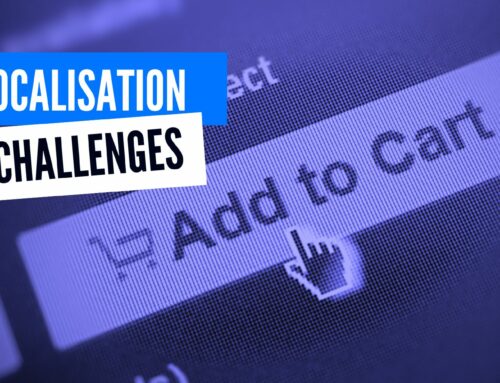Recognised as a top strategic trend for 2023 by Gartner, Digital Immune System technology is revolutionising software system design. According to Gartner’s report, ‘Improve Software Quality by Building Digital Immunity’, traditional testing methods are often too slow to deliver innovation and respond to defects swiftly. Download the report here to explore how to enhance your software quality effectively.
Get your copy of the report with recommendations for what those responsible for software quality improvement should be doing.
Having reviewed and reflected upon the key findings and recommendations in the Gartner report, in this blog we want to demonstrate how our unique model as a software testing service provider can help you create Digital Immunity for your organisation.
What is the Digital Immune System and Its Significance?
Similar to a biological immune system that protects organisms from pathogens, a Digital Immune System in software design refers to a framework designed to detect, respond to, and prevent failures in software systems effectively. This technology is crucial for maintaining robust digital operations, ensuring a superior user experience and safeguarding against operational and security risks in real-time.
A Digital Immune System combines software engineering strategies, design, development, technologies, and data analytics. The importance of building one is to create superior user experience (UX), as well as mitigate and respond to operational risks and security risks, in real time.
How does Digivante help organisations build Digital Immunity?
Digivante’s mission has always been about making applications resilient. For that reason our testing and QA services are flexible in both delivery and application. And our QA Leads are innovators and will always look at the best ways to apply our services to meet the client’s requirements.
The Digivante Portal provides access to the Digivante’s global community of testers, which in turn, allows for rapid execution and live dynamic reporting of results. The defects raised by the Crowd are comprehensive and include detailed steps to recreate the issue, device/platform information and screenshots or videos which fully evidences the defect. Our 3 tier verification is unique and the benefits to quality and cost saving are exceptional.
This gives product owners and developers the ability to quickly assess defects, knowing they are genuine, with no need to reproduce. Time can be spent analysing the impact, prioritizing, developing and fixing the defects.
Our testing services are managed by our internal QA Leads who act as a key communicator between the development teams and the product owners. Our experience from working with 100s of clients gives us a knack for identifying gaps and ensuring we always question if what is being delivered meets the business requirement. It’s often subtle within comments in requirements or stories but it is very effective.
Our global crowd provides coverage across 150 countries and 1000s of devices/software/browser combinations. This ensures that we can identify where defects impact specific devices or platforms. Our advanced reporting identifies clusters of defects against functional areas as well as quality trends. This gives software engineering leaders the data to assess the impacts for end users and to resolve software defects quickly and efficiently.
Absence-of-errors is a fallacy. Use of automation and manual testing during development will reduce the number of defects that may exist in production but it won’t eradicate them. Both automation and scripted manual tests examine the known areas but with Digivante’s exploratory testing we will also cover additional areas that you don’t have time to test or maybe hadn’t even been considered. We also provide a post live release testing service which is a mix of our internal QA Leads and our crowd testing immediately after deployment to the Live environment to ensure any integration, configuration or code deployment issues are identified as soon as possible thus minimising the impact on customers. We manage this with the client to ensure the delivery is monitored and any issues are dealt with in a controlled way.
Our usability testing service allows us to provide valuable insight and recommendations to our customers. This helps software engineering leaders and product owners to optimize customer value and experience. We don’t stop there – if an application is on the Google or Apple store we can help assess customer reviews and identify areas of concern. As these reviews often lack detail, we can use our crowd to fill the gaps and make sure the defects being shouted about by your customers are identified and fixed as priority.
We will always suggest the most efficient solution to solve the problem. The mind of a software engineering lead should be open and flexible when it comes to the choice of solution to resolve the problem whether that’s manual, automation or crowdtesting. But whichever solution is chosen for right now, it needs to be regularly reviewed to ensure it continues to be the best and most effective solution.
By having the vision and willingness to implement the right solution, Digivante can help you build digital immunity and remove inefficient testing.





